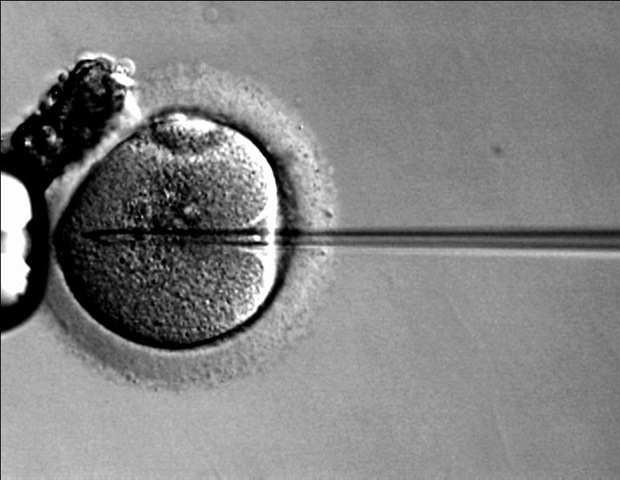A new study shows that delivery of gene therapy to correct the gene mutations that cause CLN2 disease, or Batten disease, directly into the cerebrospinal fluid (CSF) has potential therapeutic effects. The study, conducted in nonhuman primates, is published in the peer-reviewed journal Human Gene Therapy.
CLN2 disease is a fatal, childhood autosomal recessive disorder cause by mutations in the CLN2 gene, which encodes tripeptidyl peptidase (TPP-1). In a prior study, the investigators, Ronald Crystal, MD, and Dolan Sondhi, PhD, from Weill Cornell Medical College, and coauthors, found that intraparenchymal administration of an adeno-associated virus (AAV) vector encoding human CLN2 slowed but did not stop disease progression. The investigators concluded that this delivery route may have been insufficient to distribute the therapy throughout the central nervous system. Whereas in that study TPP-1 activity was >2X above controls in 30% of treated brains, in the current study, with delivery directly to the CSF, TPP-1 activity was >2X above controls in 50% and 41% of the brains of the two treated animals. CSF TPP-1 levels in treated animals were 43-62% of normal human levels.
Batten disease is a profoundly tragic disorder in which children develop normally until around age 5, but then begin experiencing seizures, blindness and progressive loss of neurologic function. The advancement of this potential gene therapy could provide new hope to families with affected children.”
Editor-in-Chief Terence R. Flotte, MD, Celia and Isaac Haidak Professor of Medical Education and Dean, Provost, and Executive Deputy Chancellor, University of Massachusetts Chan Medical School
Source:
Journal reference:
De, B. P., et al. (2023). Assessment of Safety and Biodistribution of AAVrh.10hCLN2 Following Intracisternal Administration in Nonhuman Primates for the Treatment of CLN2 Batten disease. Human Gene Therapy. doi.org/10.1089/hum.2023.067.
